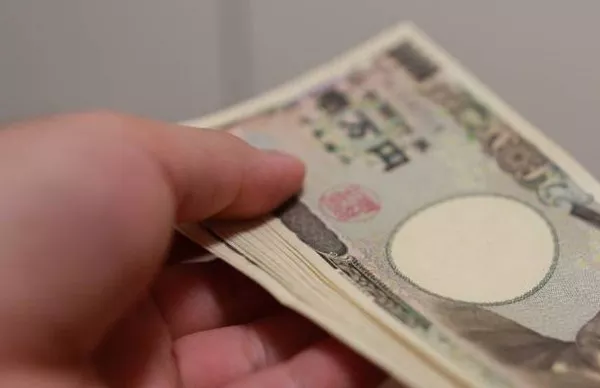World War II was a defining period in global history, marked by the rise and fall of nations and the reshaping of political and economic landscapes. Among the artifacts that reflect the tumultuous times of this era, Japanese currency stands out as a testament to the economic challenges faced by Japan during the war. In this article, we will delve into the intriguing world of World War II Japanese currency, exploring its history, significance, and the unique features that make it a collector’s delight.
The Prewar Economic Landscape:
To understand the evolution of Japanese currency during World War II, one must first examine the economic conditions that prevailed in Japan leading up to the conflict. In the early 20th century, Japan underwent rapid industrialization, transforming into an economic powerhouse. However, the expansionist policies of the Japanese government and military ambitions strained the nation’s resources, leading to increased government spending and inflation.
The Emergence of War Currency:
As Japan became embroiled in the global conflict, the need for additional funds to finance the war effort became paramount. In response, the Japanese government introduced special issues of currency known as “war currency” or “military currency.” These notes were distinct from regular currency and were often denominated in higher values to accommodate the rising costs associated with wartime production.
Unique Characteristics of World War II Japanese Currency:
Intricate Designs and Symbols:
World War II Japanese currency featured intricate designs that reflected the cultural and historical significance of Japan. Images of iconic landmarks, national symbols, and prominent figures were often incorporated, emphasizing national pride and unity.
Denominations and Materials:
The denominations of war currency were often higher than regular currency, reflecting the economic challenges of the time. Additionally, to counteract counterfeiting, these notes were printed on unique materials such as mulberry bark, mica, or even silk threads.
Regional Variation:
Different regions under Japanese occupation had their own versions of war currency. These variations often showcased local symbols and cultural elements, highlighting the diverse territories encompassed by the Greater East Asia Co-Prosperity Sphere.
The Impact of Inflation and Economic Challenges:
The widespread issuance of war currency exacerbated inflation in Japan during World War II. As the government printed more money to finance its military campaigns, the value of the currency plummeted, leading to economic hardships for the general population. The consequences of hyperinflation were felt in various aspects of daily life, from soaring prices to the disruption of traditional economic systems.
Collecting World War II Japanese Currency:
Today, World War II Japanese currency has become a fascinating collectible for numismatists and history enthusiasts alike. The scarcity of these notes, coupled with their unique designs and historical significance, contributes to their desirability. Collectors often seek out well-preserved specimens that provide a tangible connection to the wartime era.
Rare Varieties and Errors:
Some collectors specialize in acquiring rare varieties and printing errors of World War II Japanese currency. These anomalies add an extra layer of intrigue to the collection and can significantly increase the notes’ value.
Historical Documentation:
Collectors often complement their currency collections with historical documentation, such as wartime photographs, letters, or newspapers. This contextualizes the currency within the broader historical narrative, offering a more comprehensive understanding of its significance.
Preserving the Legacy:
The preservation of World War II Japanese currency is not just limited to private collectors. Museums, historical institutions, and educational organizations play a crucial role in safeguarding these artifacts for future generations. By carefully cataloging and displaying these notes, they contribute to the broader narrative of World War II and its impact on Japan and the world.
See Also: What Is The Highest Yen Rate In History? [Revealed!]
Conclusion:
World War II Japanese currency encapsulates a pivotal period in Japan’s history, reflecting the economic challenges and societal transformations brought about by the global conflict. The unique designs, denominations, and materials used in these notes make them not only valuable collectibles but also windows into a bygone era. As collectors and historians continue to explore and study these artifacts, the legacy of World War II Japanese currency endures as a tangible reminder of the resilience and adaptability of a nation facing unprecedented challenges.


